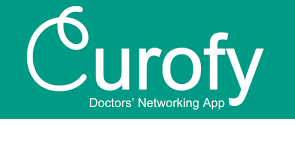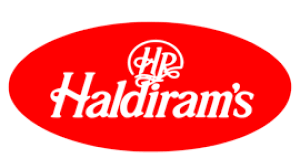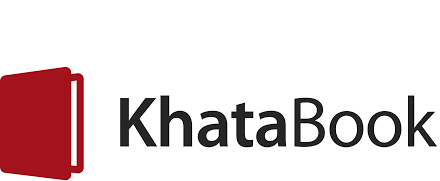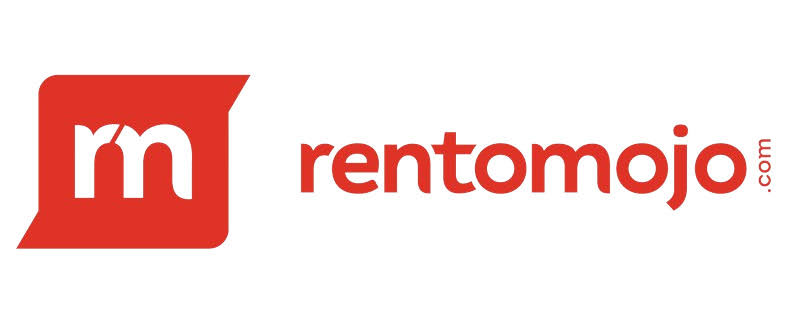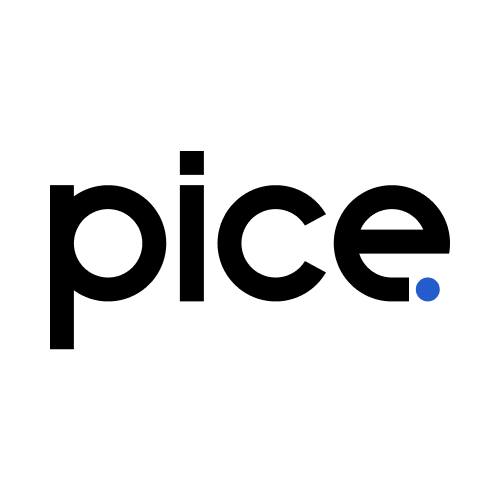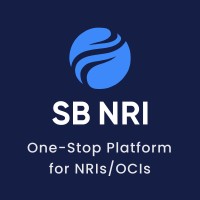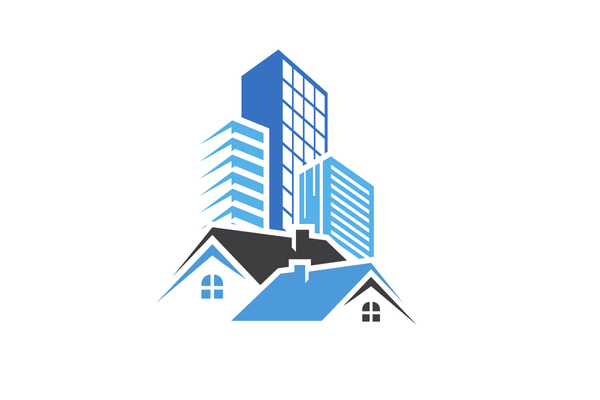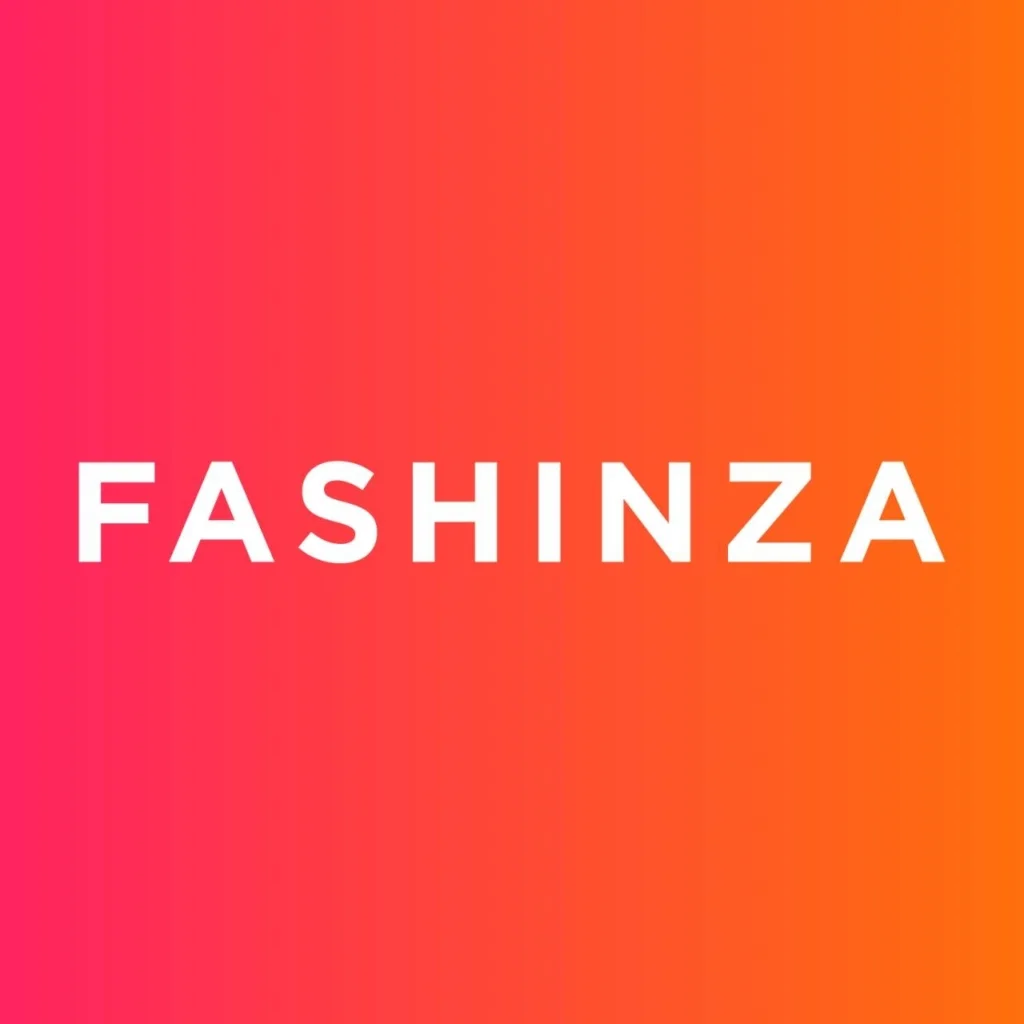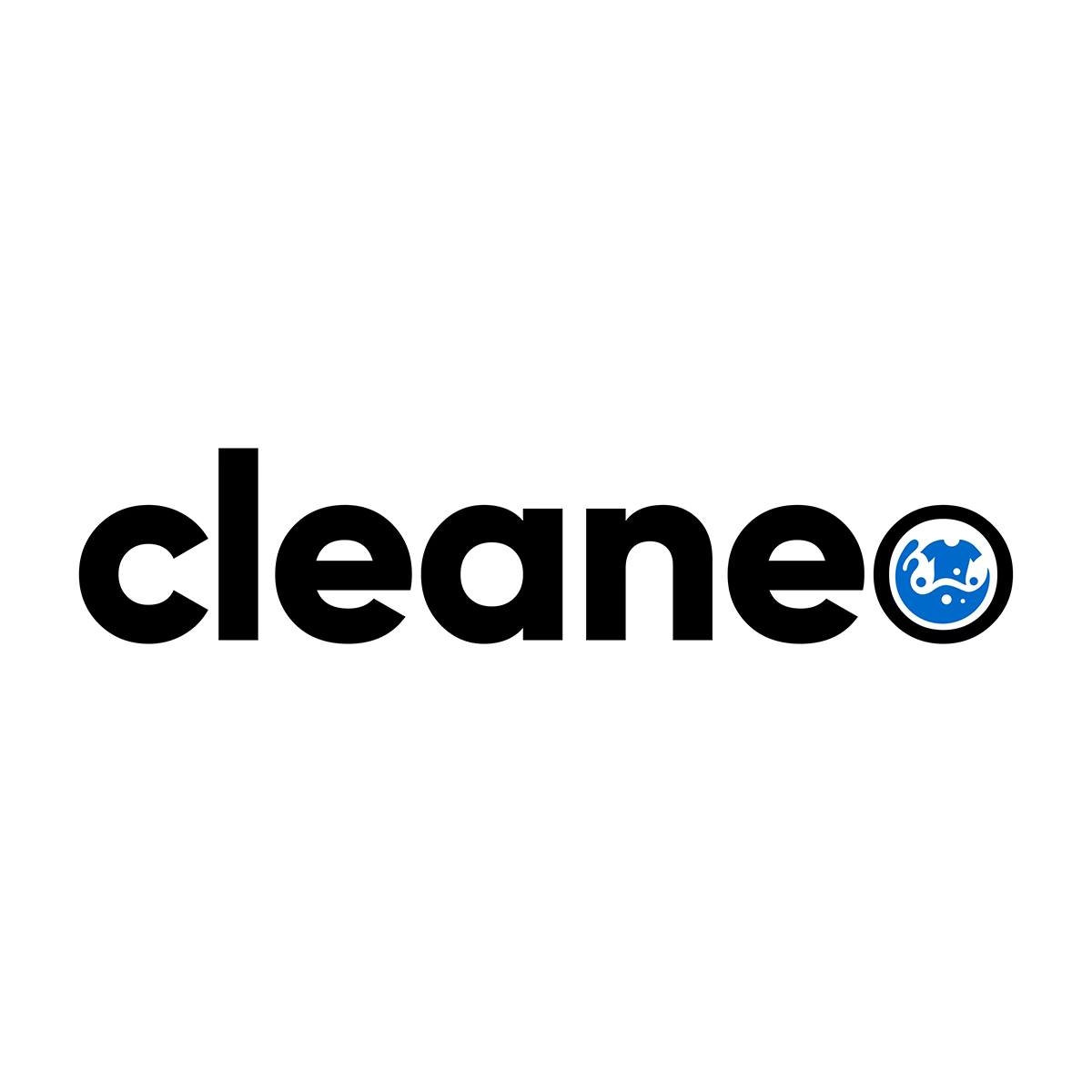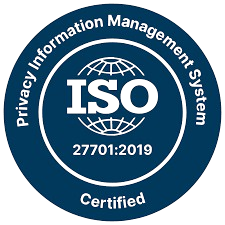Industries
We Serve
We understand your business and can make every
customer touchpoint conversational across marketing, commerce, and support.
E-commerce
Deliver expert guidance and sell more with a personalized shopping
experience.
Explore
E-commerce →
Healthcare
Transform patient-doctor engagement with automated journeys on
messaging channels.
Explore
Healthcare →
Finance
Make online finance easy with AI and pre-built journeys that automate
routine customer interactions.
Explore
Finance →
Hospitality
Elevate guest experiences with seamless booking confirmations,
reminders, and support.
Explore
Hospitality →
Education
Enhance student experience from onboarding to learning with AI
journeys.
Explore
Education →
Real Estate
Engage with potential buyers and renters through automated,
personalized communication.
Explore Real
Estate →





